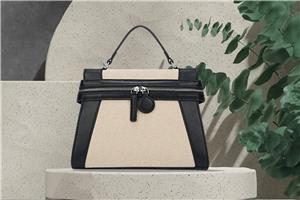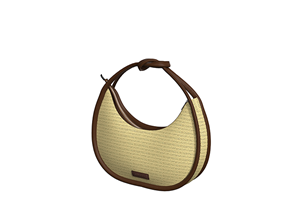What is Raffia in Handcraft Industry: A Comprehensive Guide
What is Raffia in Handcraft Industry: A Comprehensive Guide
When we think about handcrafts, we often picture intricate designs and beautiful textures. But have you ever wondered about the materials that make these creations possible? One such material that's been making waves in the handcraft industry is raffia. We're diving deep into what raffia is in the handcraft industry and why it's become a go-to choice for many artisans.
In this guide, we'll explore the origins of raffia, from the natural raffia material derived from the raffia palm to synthetic and paper varieties. We'll look at how this versatile natural fiber has found its way into various crafts, especially in crochet projects. Also, we'll break down the unique properties that make raffia stand out and the benefits it brings to the table for craftspeople. By the end, you'll have a clear picture of why raffia has become such a big deal in the world of handcrafts.
What is Raffia?
Raffia is a versatile natural fiber that has been making waves in the handcraft industry. We've been using this remarkable material for centuries, particularly in Africa and Asia, for a wide range of purposes including textiles, rope, baskets, and more. The origin of raffia can be traced back to the raffia palm tree, which is native to Africa and Madagascar.
Natural Raffia
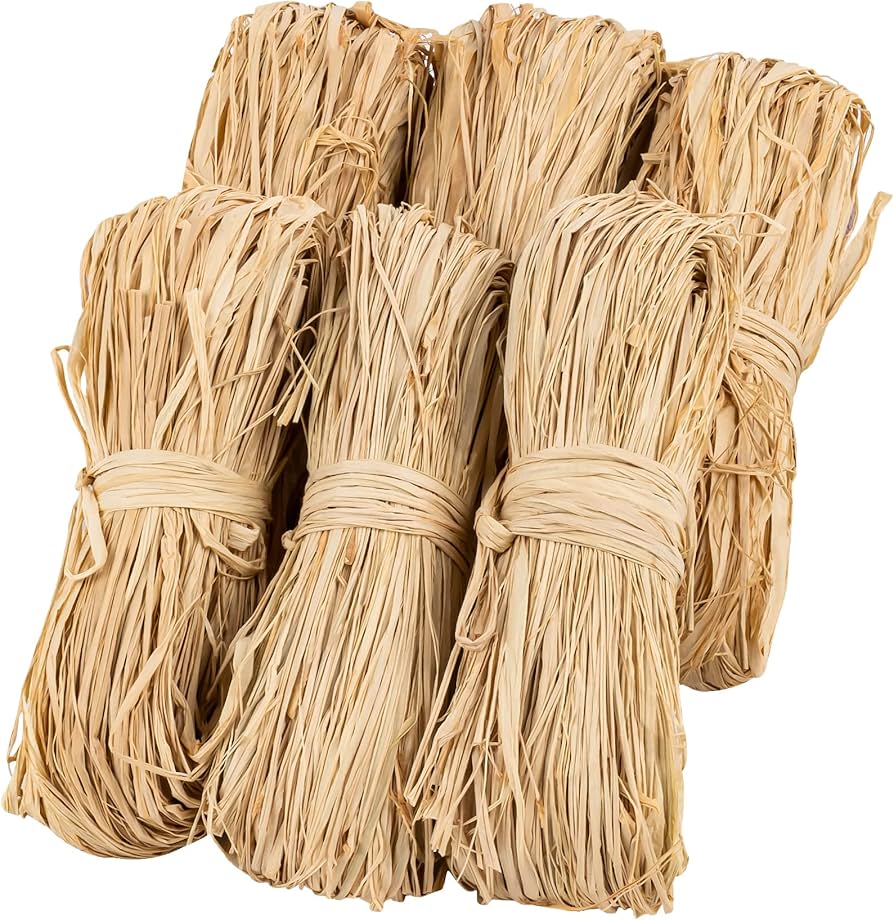
Natural raffia is derived from the leaves of the raffia palm tree. We harvest it by cutting the green leaves of individual palm fronds. These leaves are then dried and stripped of their inner core, resulting in long, thin brown strings of raffia fiber. What makes natural raffia special is its exceptional strength and durability, making it an ideal choice for various applications in the handcraft industry.
One of the most appealing aspects of natural raffia is its sustainability. It's 100% biodegradable and compostable, breaking down and returning to the earth in a matter of months when disposed of properly. This eco-friendly characteristic has made it increasingly popular among environmentally conscious crafters and consumers alike.
Moreover, natural raffia is often grown on small family farms, providing an essential source of income for many families and local communities. This ethical aspect adds to its appeal in the handcraft industry. If the raffia palm trees used to produce the fiber are grown using organic farming techniques without chemicals or pesticides, the raffia can be considered organic.
Paper Raffia
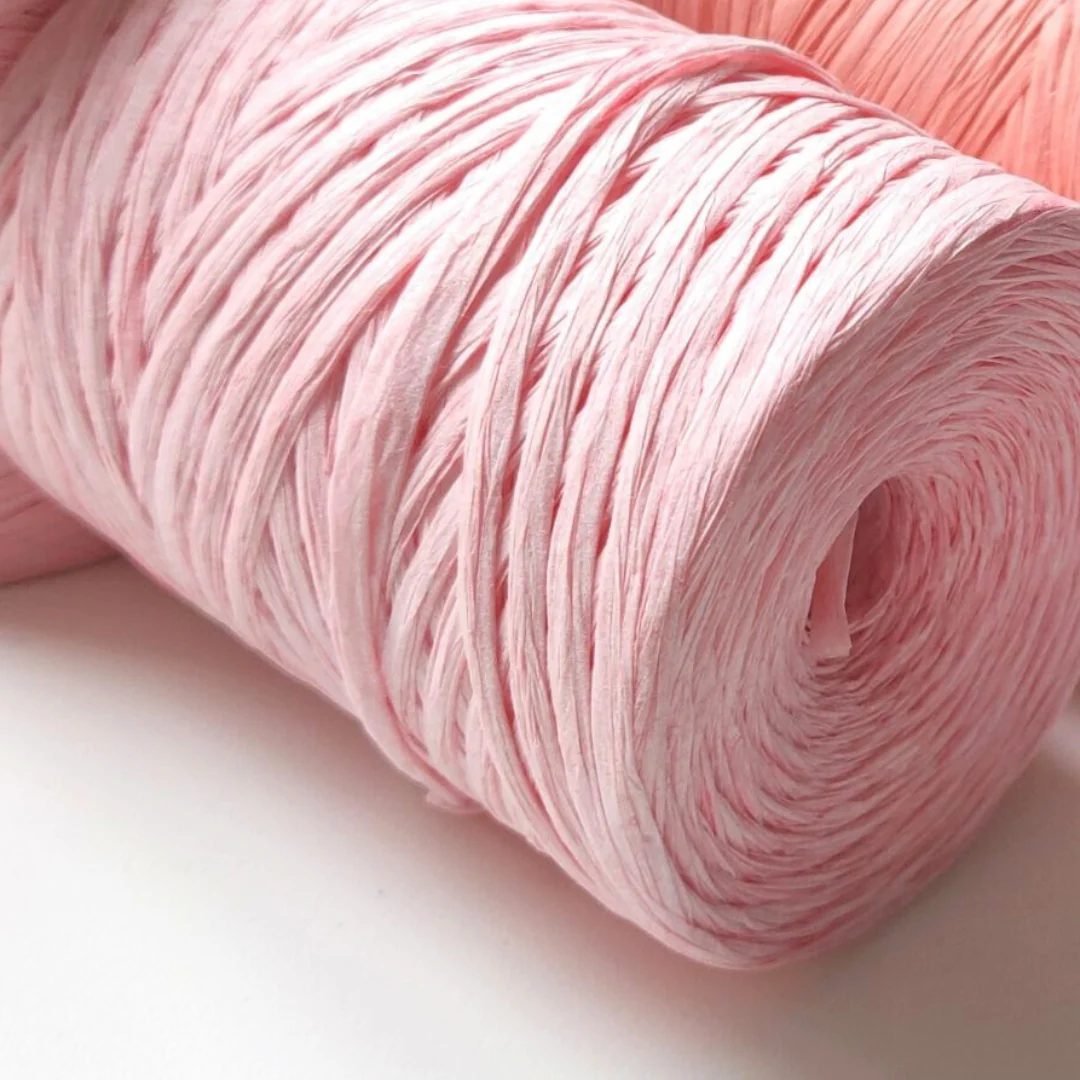
Paper raffia has emerged as an innovative alternative to natural raffia in the handcraft industry. It's made from high-quality recycled or eco-friendly paper, ensuring sustainability from the start. The process begins with pulping the selected paper, breaking it down into fibers. This can be done through mechanical or chemical processes, with eco-friendly options preferred to minimize environmental impact.
The pulp is then formed into long, thin strips resembling traditional raffia fibers, typically around 1/8 to 1/4 inch in width. These strips are thoroughly dried and wound onto spools or reels for easy handling and dispensing. Paper raffia possesses several noteworthy properties that make it valuable in the handcraft industry. It has a natural and rustic texture, adding an organic touch to creations. Despite being made of paper, it's surprisingly strong and can be used for tying and bundling.
One of the advantages of paper raffia is its versatility in color options. The pulp can be bleached and dyed using safe and non-toxic pigments, allowing for a wide variety of colors in the final product. This makes it an excellent choice for crafters looking to add vibrant hues to their projects.
Synthetic Raffia
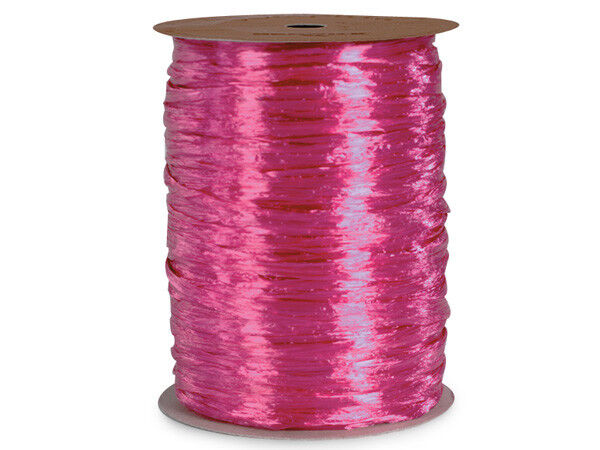
Synthetic raffia has also found its place in the handcraft industry. It's typically made from polypropylene or nylon, offering a more durable and weather-resistant alternative to natural and paper raffia. Synthetic raffia comes in a wide range of colors and can be used for various crafting projects, especially those that require more durability or water resistance.
However, it's important to note that synthetic raffia doesn't share the same eco-friendly properties as its natural and paper counterparts. While recycling polypropylene is technically possible, it's not as easy as recycling natural raffia. Moreover, because synthetic raffia is made from petroleum products, it's not a sustainable choice and contributes to the world's plastic waste problem.
In conclusion, raffia, whether natural, paper, or synthetic, has become an integral part of the handcraft industry. Each type has its unique properties and benefits, catering to different needs and preferences in crafting. As we continue to explore sustainable materials in our crafts, natural and paper raffia stand out as eco-friendly options that don't compromise on quality or versatility.
Raffia in the Handcraft Industry
We've been using raffia, a versatile natural fiber, in the handcraft industry for centuries. This remarkable material, derived from the raffia palm native to Africa and Madagascar, has found its way into various applications, showcasing its adaptability and appeal.
Traditional Uses
In Central Africa, raffia cloth weaving has been a distinctive textile tradition, particularly among the Kuba community in the Democratic Republic of Congo. This craft has deep historical roots, spanning several centuries. The process of transforming raw raffia fibers into textiles requires a high level of skill and knowledge, which has been passed down through generations.
Raffia cloth plays a pivotal role in key ceremonial and ritual events, including royal celebrations, initiation ceremonies, and funerals. For the Kuba people, it's a marker of wealth and prestige, with the intricacy of the patterns often indicating the wearer's social position.
The creation of raffia cloth is a multi-step process that begins with harvesting raffia palm leaves and ends with weaving and dyeing the fibers. This labor-intensive procedure demands a high level of skill and creativity. The patterns created in raffia cloth vary widely, ranging from geometric shapes to depictions of natural and human forms, with each design holding its own specific meaning and symbolism.
Modern Applications
In recent years, we've seen raffia make its way into contemporary fashion and home décor. Designers are attracted to its distinctive texture and the rich narratives it encapsulates, integrating raffia textiles into modern fashion and home décor items.
Raffia crochet has become an iconic technique in the handcraft industry. Highly skilled artisans create crochet products using the finest quality Madagascan raffia. The process involves sustainably harvesting raffia, splitting it by hand, and ensuring a consistent weight and thickness for an even finish. Artisans then use traditional hooks to crochet, with some pieces requiring up to four days to complete and involving around 14,000 stitches.
Popularity in Fashion
Raffia has exploded in popularity in luxury fashion, particularly in summer collections. It's considered a sustainable material, as raffia harvesting follows a unique technique that doesn't harm or destroy any trees during the process. The versatility of raffia, with its durable yet soft texture, has made it a favorite among designers.
Today, raffia is still a rare material, but its popularity has contributed to a fast-growing industry. Many luxury brands are turning to local raffia producers to source raw materials and working with local artisans to produce products. This traditional craft has created jobs and provided livelihoods for thousands worldwide, as brands continue to move away from using synthetic materials and focus on authenticity, sustainability, and handmade products.
The rarity of the raw materials and the lengthy process involved in creating raffia products have maintained a sense of exclusivity, making them as cherished as leather bags or silk shirts. As we continue to explore sustainable materials in our crafts, natural raffia stands out as an eco-friendly option that doesn't compromise on quality or versatility.
Properties and Benefits of Raffia
We've been using raffia, a natural fiber derived from the raffia palm, in the handcraft industry for centuries. This versatile material has a range of properties that make it an excellent choice for various applications. Let's explore the key characteristics and advantages of raffia in more detail.
Durability and Strength
One of the most notable properties of raffia is its exceptional durability and strength. The natural fiber contains high levels of cellulose, which gives plant cell walls their robustness. This translates into a material that's not only tough but also pliable, allowing for the creation of long-lasting products.
Raffia's strength is particularly evident in its tensile properties. Scientific measurements have shown that raffia textilis fiber has a Young's modulus of 30 GPa and a tensile strength of 500 ± 97 MPa. These impressive figures contribute to its ability to withstand various weather conditions and everyday use.
The durability of raffia is further enhanced by the presence of natural oils in its fibers. These oils provide a degree of water resistance, though it's important to note that raffia isn't completely waterproof. This means that while raffia products can handle some exposure to moisture, it's best to avoid prolonged contact with water to maintain their integrity.
Flexibility and Texture
Despite its strength, raffia remains incredibly flexible, making it a favorite among artisans in the handcraft industry. The natural resin present in raffia leaves increases its longevity and contributes to its flexibility. This unique combination of strength and pliability allows craftspeople to create intricate designs and patterns in their work.
The texture of raffia is another appealing aspect. When harvested young, raffia fibers can be woven into fabric with a polished, satin-like feel. More mature fibers are denser and create a textural complement to smoother materials. This versatility in texture allows for a wide range of applications in fashion, home decor, and other crafts.
Raffia's flexibility also makes it comfortable to wear. Even though it's a durable and strong material, it doesn't compromise on comfort. This property has made raffia particularly popular in the creation of sun hats and other wearable accessories.
Eco-Friendly Nature
In today's environmentally conscious world, the eco-friendly nature of raffia is one of its most significant benefits. Raffia is considered a sustainable material because it can be harvested without harming the tree, ensuring a constant supply without endangering the environment.
The sustainability of raffia extends beyond its harvesting process. When raffia products reach the end of their lifecycle, they naturally decompose, leaving behind no harmful residues. Unlike plastic-based alternatives, raffia products won't linger in landfills or oceans, contributing to a cleaner planet.
Moreover, the production of raffia requires far less energy compared to synthetic materials and is manufactured with minimal environmental impact. This low-energy production process, combined with its biodegradability, makes raffia an excellent choice for those looking to reduce their environmental footprint.
In conclusion, the properties and benefits of raffia make it an invaluable material in the handcraft industry. Its durability, flexibility, unique texture, and eco-friendly nature have contributed to its enduring popularity among artisans and consumers alike. As we continue to explore sustainable materials in our crafts, natural raffia stands out as an option that doesn't compromise on quality, versatility, or environmental responsibility.
Conclusion
Raffia has cemented its place as a versatile and valuable material in the handcraft industry. Its unique blend of durability, flexibility, and eco-friendliness has made it a favorite among artisans and consumers alike. From traditional textiles to modern fashion accessories, raffia's applications showcase its adaptability and enduring appeal in various creative fields.
Looking ahead, the future of raffia in the handcraft industry seems bright. As more people become environmentally conscious, the demand for sustainable materials like raffia is likely to grow. This trend not only supports eco-friendly practices but also helps preserve traditional crafting techniques and provides livelihoods for communities worldwide. Raffia's journey from palm tree to finished product truly embodies the harmony between nature, craftsmanship, and sustainability.
FAQs
What is natural raffia made from?
Raffia is a natural fiber derived from the leaves of the Raffia palm tree. Known for its strength and durability, it is used in various crafts and products due to its long, slender strands that can be woven or braided.
How should raffia be cared for to maintain its condition?
To preserve raffia, it should not be exposed to excessive sunlight or moisture, as it can become brittle. It is best to store raffia products in cool, dry places, ideally in protective dust bags when not in use.
What are some common uses of raffia?
Raffia is versatile and used in making textiles, hats, and bags. Additionally, it can be braided or twisted into ropes or cords for various crafts, such as making decorative tassels or wrapping gifts.
How does raffia differ from straw?
Raffia and straw may appear similar but are fundamentally different. Straw is a byproduct of grain crops, specifically from their stalks, whereas raffia is sourced from the leaves of the Raffia palm. Raffia fibers contain a natural resin, enhancing their longevity and flexibility compared to straw.

